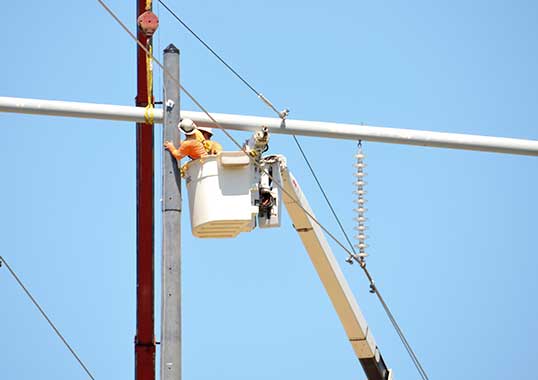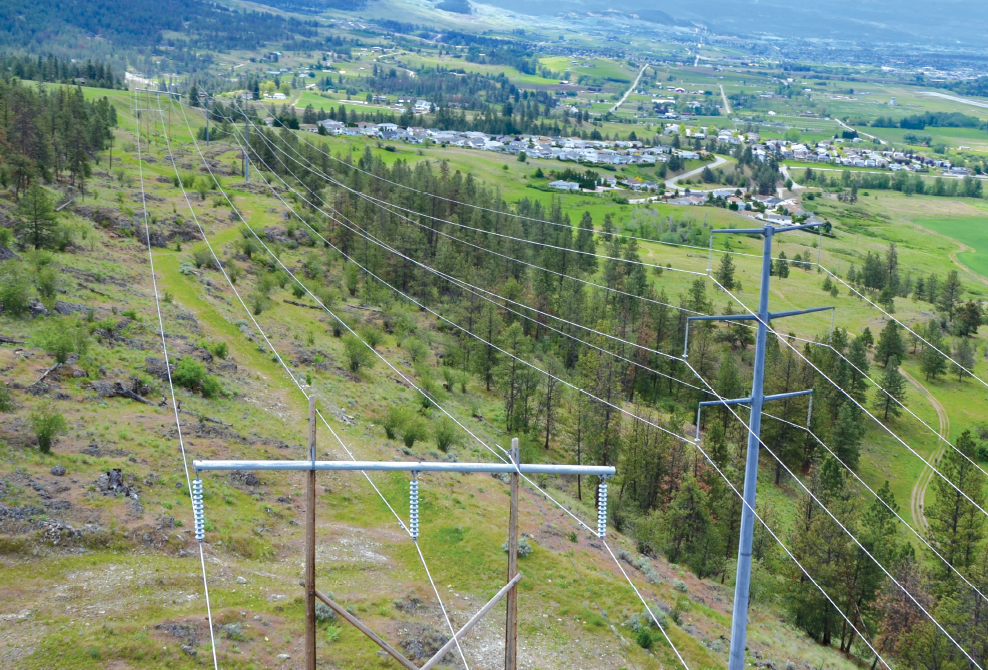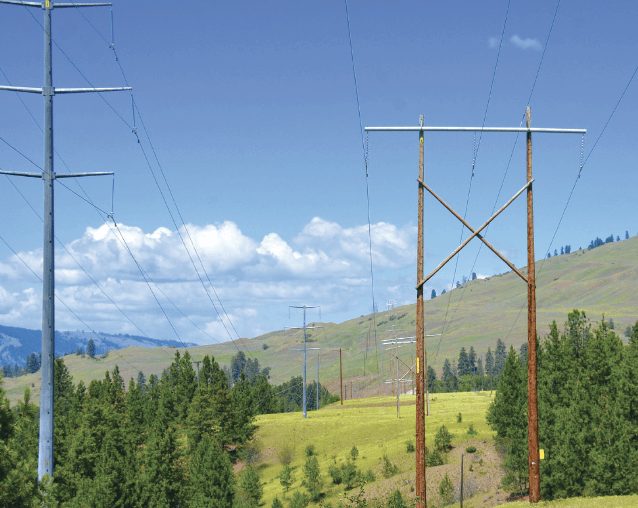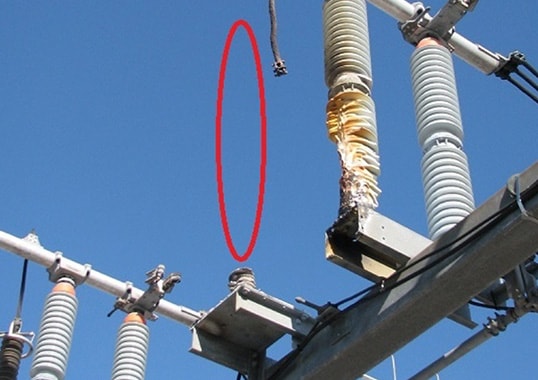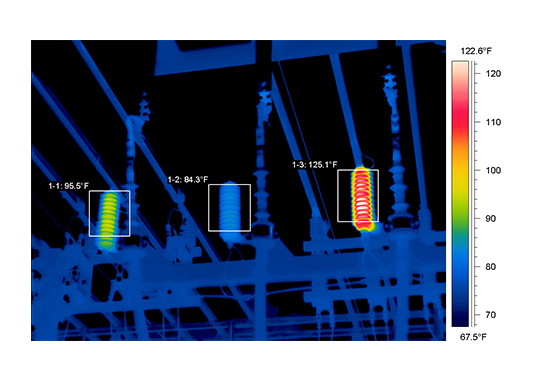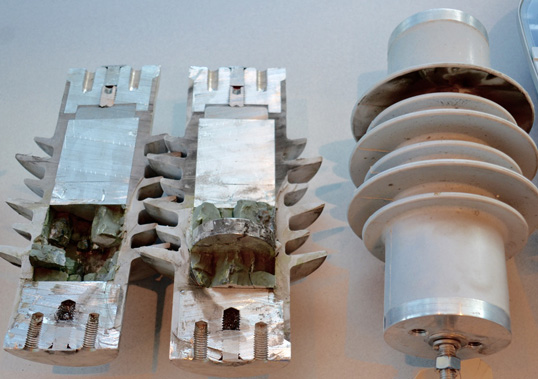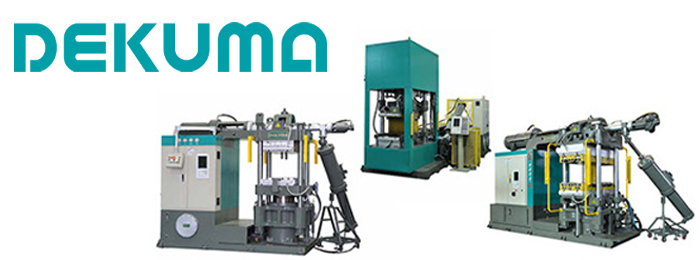Wood pole framing is common on transmission networks throughout North America and indeed across the globe. However, while the typical service life of such poles is normally between 50 and 60 years, damage caused by various species of woodpeckers has, in extreme cases, required these structures be replaced in only a fraction that time. Moreover, poles in affected line corridors may also need more frequent inspection since incidence of hole pecking occurs over a narrower time frame than most other problems. All this has made the activity of these birds a growing asset management challenge. This article discusses progress on a trial evaluation of one of the measures identified to resolve woodpecker damage.
FortisBC, a utility operating in the west coast province of British Columbia, conducts maintenance assessments of its overhead lines on an 8-year cycle. This includes both below grade and above grade inspections of each structure. Apart from checking sample wood poles for issues such as moisture penetration, visual assessment is also performed on structures, cross-arms, line hardware and conductors.
In recent years, this inspection protocol has highlighted what appears a growing problem of woodpecker damage. For example, during the 2014 condition assessment of Lines 72 and 73 as well as the 2015 assessment of Line 77, a large number of structures were identified with woodpecker holes. This initiated broader discussion about how these birds might be affecting the system.
Director of Engineering & System Assets, Aram Khalil-Pour, explains that FortisBC practice has been that line inspection personnel in the field assess the extent of woodpecker damage to poles and decide whether an affected structure must be replaced or if more detailed inspection is required. Moreover, data on number of woodpecker holes is now being collected to determine whether the problem is stable or increasing, possibly due to factors related to climate change.
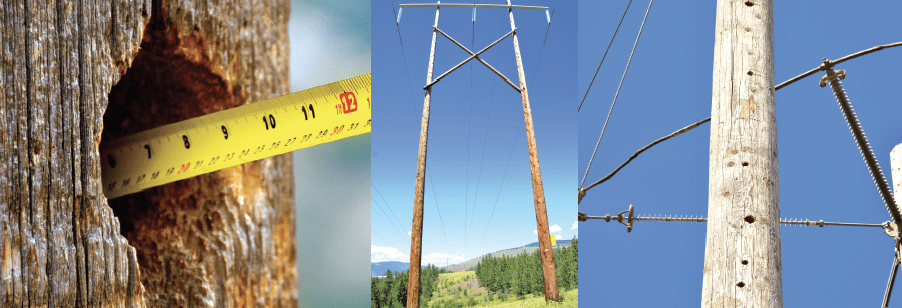
CLICK TO ENLARGE
Moving to steel or concrete poles is an obvious solution but comes with the challenge of transporting and erecting much heavier structures, often at remote sites that are inaccessible by road. Both materials also offer less BIL than wood and this can impact an existing line’s electrical characteristics.
Another option is composite fiberglass poles that are light and offer lower installation costs than steel or concrete alternatives. Yet such structures are generally much more costly than wood poles. Delivery lead times is perceived to be another potential problem due to a smaller base of qualified suppliers.
Apart from these issues, Khalil-Pour is also concerned that such structures will not prove as easy to climb as wood poles and therefore may require use of a bucket truck for maintenance. Yet another question mark is how long a service life such poles offer under exposure to high UV radiation and periodic wetting.
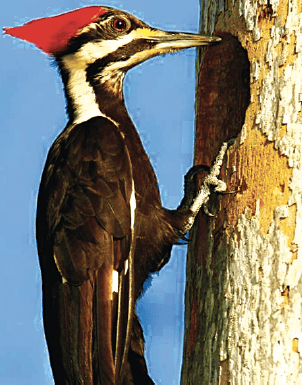
Nevertheless, Khalil-Pour and Operations Manager, Tom Harrison, feel that composite poles offer an effective solution for high problem areas, looked at on a case-by-case basis. With all these considerations in mind, engineers selected a 230 kV transmission line that is among those most affected by woodpeckers. Line 72 runs through a hilly corridor bordering lakes and sparse pine forest. One specific structure was identified and this past June its wood framing was replaced by composite fiberglass poles and cross-braces.
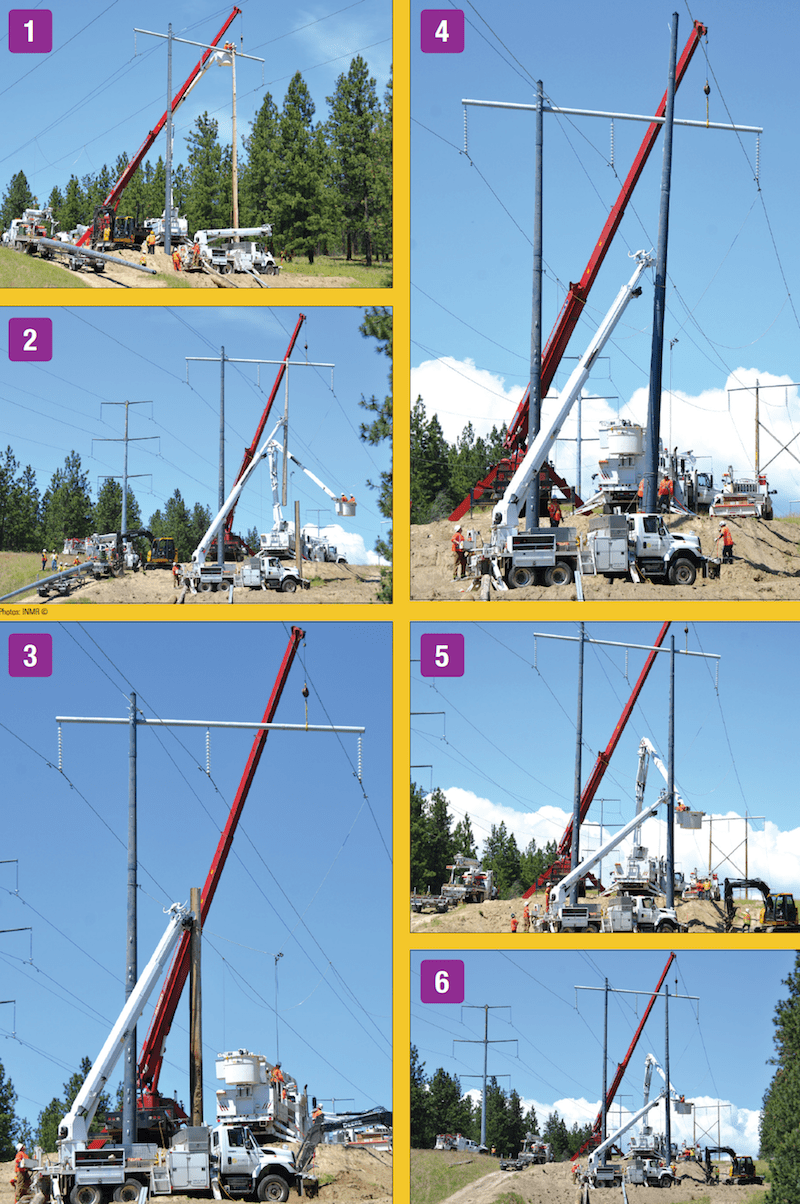
CLICK TO ENLARGE
Khalil-Pour states that the focus for the time being is mainly on field experience when it comes to replacing wood farming with composite poles using established construction procedures. Among the main factors in this regard is how well current construction procedures are able to adapt to the requirements of the new structures. For example, like wood framing, composite poles do not require special civil engineering to prepare foundations and are simply buried in place. A related issue, he notes, is feedback from crews on how easy these poles are in terms of handling and drilling.
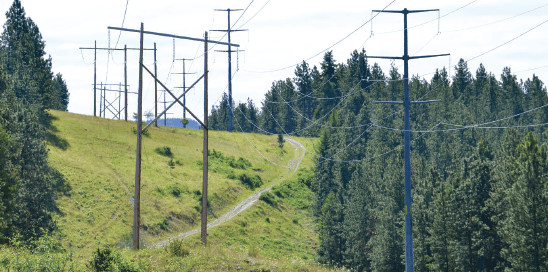
CLICK TO ENLARGE
Given the importance of such information from this trial installation, FortisBC had a team of engineers as well as supervisory staff on site. The objective was to observe the changeover firsthand and monitor how well current field techniques meld with whatever special requirements are needed when installing the new structures. Moreover, Colin Wilson, a representative from the manufacturer in Ontario, was also on hand to offer expertise and answer questions.
Wilson, himself a former linesman, reports that FortisBC is certainly not alone in having to find solutions to woodpecker problems. For example, he reports that neighboring utility, BC Hydro, has already installed over a hundred such structures in high problem areas. He also states that woodpecker damage to wood utility poles is far from being a localized problem but occurs across North America and indeed worldwide.
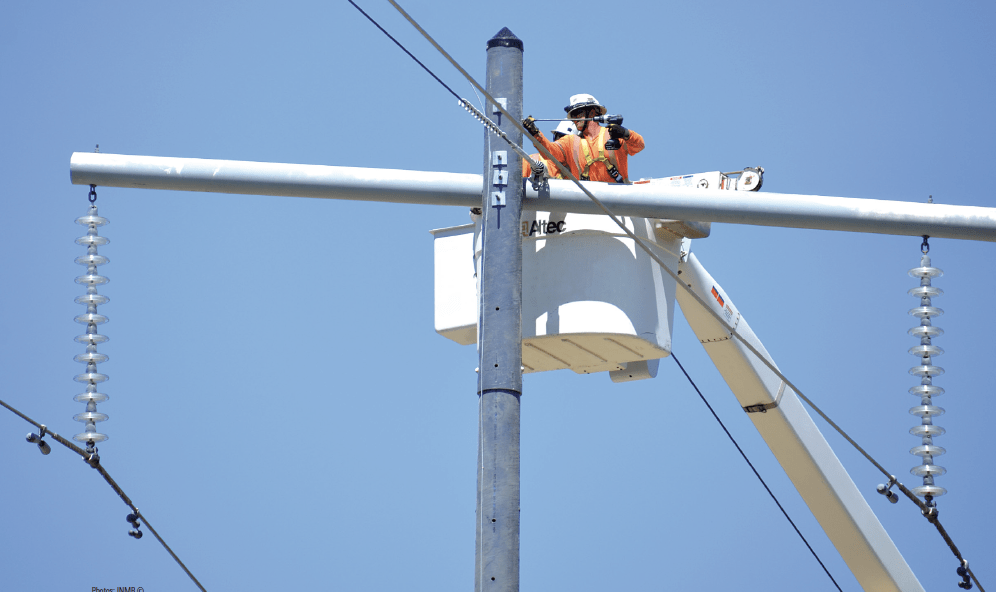
CLICK TO ENLARGE
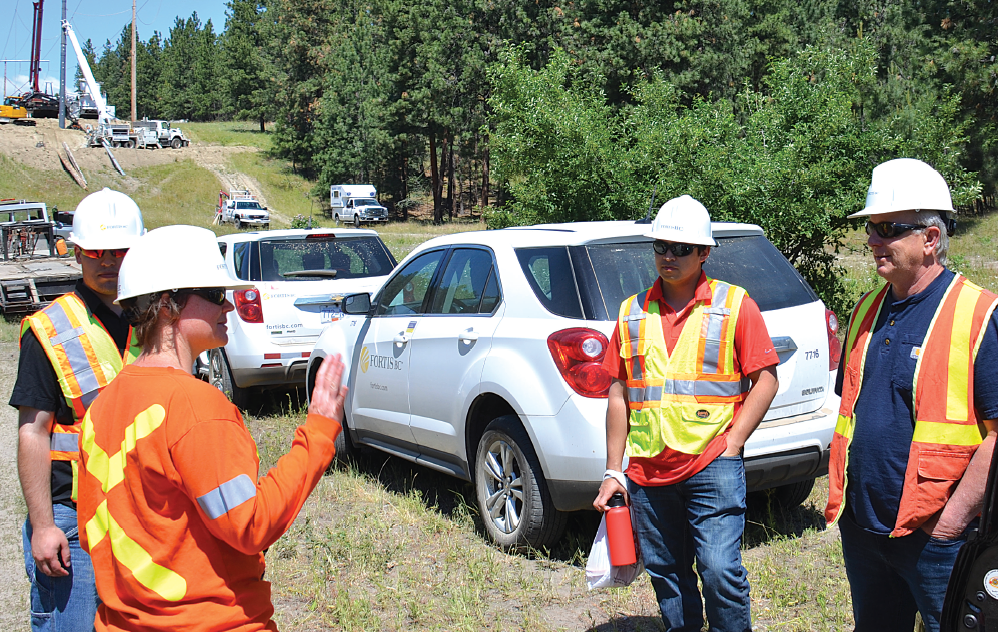
CLICK TO ENLARGE
The next cyclical 8-year maintenance inspection of Line 72 will take place about 3 to 4 years after the new pole was commissioned. Both Khalil-Pour and Harrison express concern about how they will be able to assess the condition of the new framing. “We have had a long track record with inspecting wood poles,” says Harrison, “and there is plenty of experience identifying incipient issues before they evolve into serious problems. With composite poles, it may prove more difficult for us to decide why and when these must be replaced.”
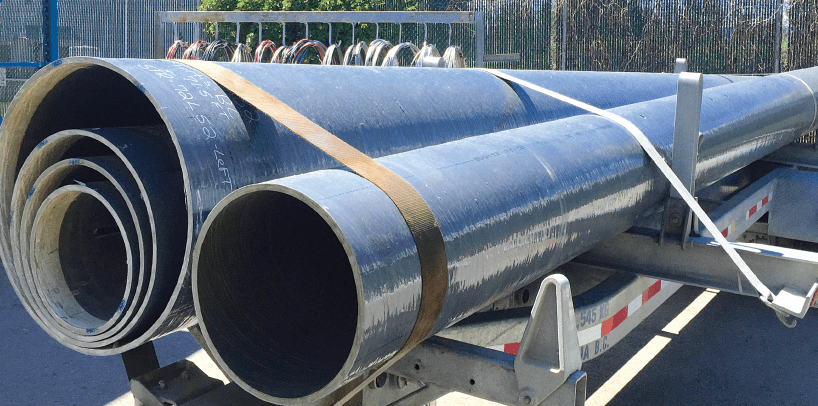
CLICK TO ENLARGE
[inline_ad_block]

